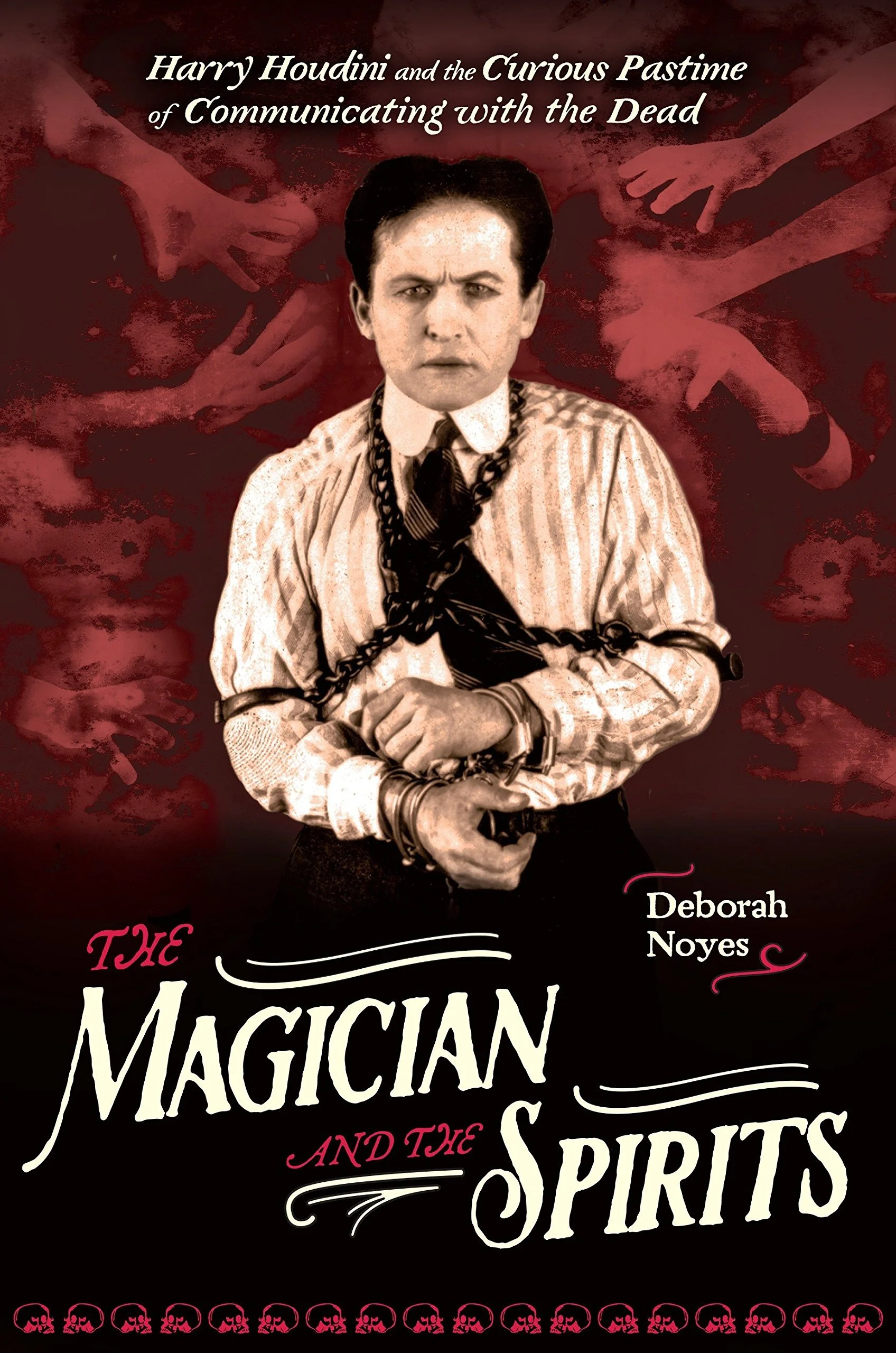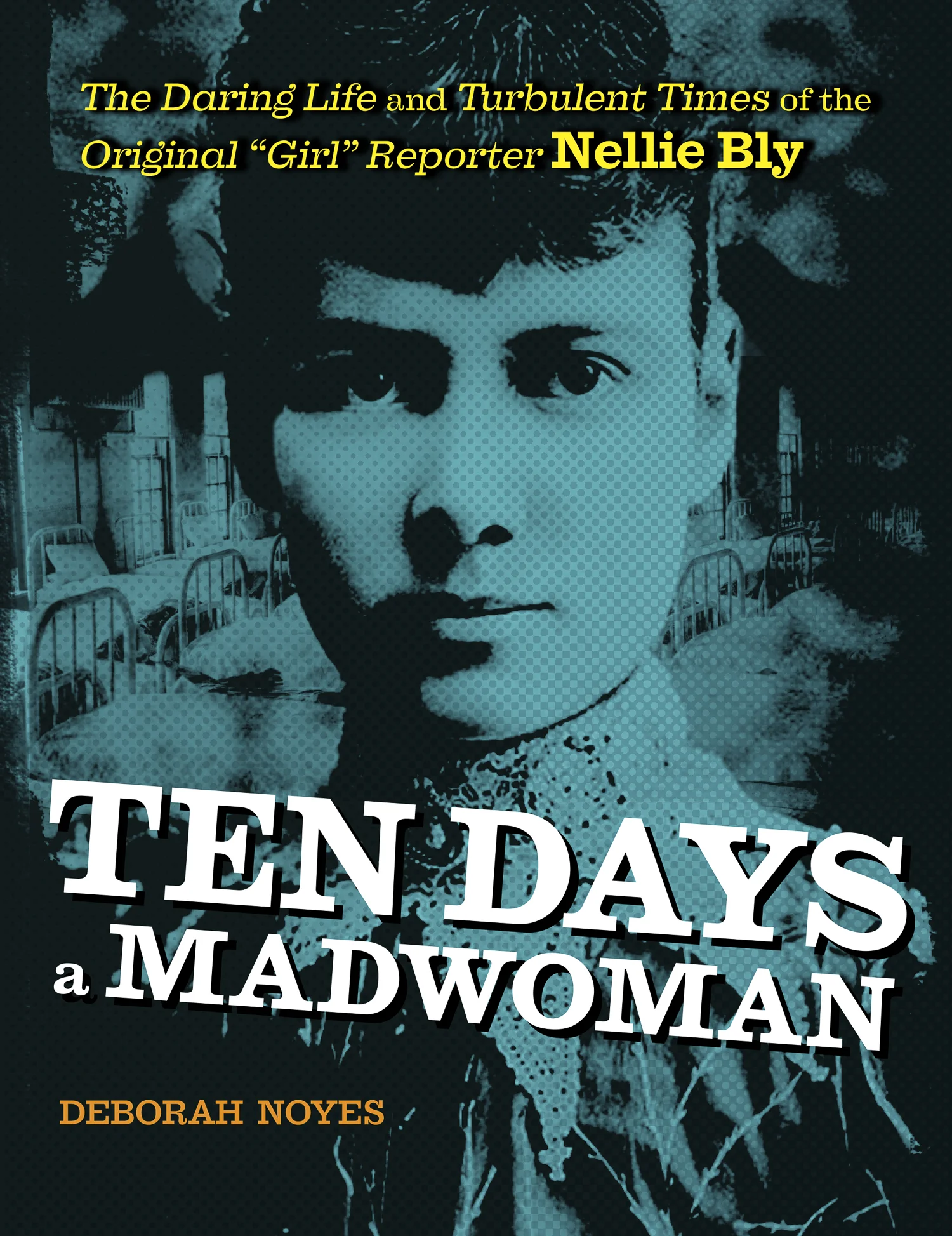NONFICTION
Lady Icarus
Before Amelia Earhart, there was Sophie Blanchard, the first woman to earn her living in the air. While no one knows the fate of Earhart, a terrified crowd of thousands looked on as French aeronaut Sophie Blanchard met her end in a tragic blaze of glory over the streets of Paris in 1819.
But first, Blanchard made nearly 70 spectacular flights, survived a revolution, and become a court favorite of the emperor Napoleon (who gave her the title, “Aeronaut of the Official Festivals”) and later of the King of France. Set against the backdrop of the history of flight, watch as Balloonmania– a phenomenon that riveted all of Europe– took hold and inspired a great many artists authors, and dreamers.
This lively scrapbook-style biography with more than fifty black-and-white photos throughout, introduces a frightened, nervous girl who became a fearless legend in the skies.
A Hopeful Heart
Meg, Jo, Beth, and Amy. How did these cherished characters come to be? Louisa May Alcott, the author of Little Women, one of the most famous “girl” books of all time, was anything but a well-mannered young lady. A tomboy as well as a ravenous reader, Louisa took comfort in fictional characters that were as passionate and willful as she was–and whose wild imaginations were a match for her own. She was often found roaming the woods near her home in Concord, Massachusetts, or exploring the natural world in the company of the great Transcendentalist thinkers Ralph Waldo Emerson and Henry David Thoreau. Here is a beautiful portrait of Louisa May Alcott, a woman influenced by her father, a penniless philosopher, her mother, with whom she shared a great connection, and, of course, her three sisters. Featuring unique indigo illustrations, Deborah Noyes unveils how Louisa’s natural spirit, loving family, and unconventional circumstances inspired the timeless masterpiece that is Little Women.
Tooth and Claw
Today we take for granted the idea that dinosaurs once roamed the earth. But two hundred years ago, the very concept of an extinct species did not exist. When an English scientist proposed in 1841 that Dino Saurs (“terrible lizards”) had come and gone, it was only a theory, a new way of explaining the “dragon” and “giant” bones scattered across the globe. But when proof turned up seventeen years later, it was not only incontrovertible; it was massive.
Tooth and Claw tells the story of the feverish race between two brilliant, driven, and insanely competitive scientists–Edward Drinker Cope and Othniel Charles Marsh–to uncover more and more monstrous fossils in the newly opened Wild West. Between them, they discovered dozens of major dinosaur species and established the new discipline of paleontology in America. But their bitter thirty-year rivalry–a “war” waged on wild plains and mountains, in tabloid newsprint, and in Congress–dramatically wrecked their professional and private lives even as it brought alive for the public a vanished prehistoric world.
The Magician and the Spirits
A century ago, the curious idea that spirits not only survive death but can be contacted on the “other side” was widespread. Psychic mediums led countless séances, claiming to connect the grieving with their lost relations through everything from frenzied trance writing to sticky expulsions of ectoplasm.
The craze caught Harry Houdini’s attention. Well-known by then as the world's most renowned magician and escape artist, he began to investigate these spiritual phenomena. Are ghosts real? Can we communicate with them? Catch them in photographs? Or are all mediums “flim-flammers,” employing tricks and illusions like Houdini himself?
Peopled with odd and fascinating characters, Houdini’s gripping quest will excite readers’ universal wonderment with life, death, and the possibility of the Beyond.
Ten Days a Madwoman
Young Nellie Bly had ambitious goals, especially for a woman at the end of the nineteenth century, when the few female journalists were relegated to writing columns about cleaning or fashion. But fresh off a train from Pittsburgh, Nellie knew she was destined for more and pulled a major journalistic stunt that skyrocketed her to fame: feigning insanity, being committed to the notorious asylum on Blackwell’s Island, and writing a shocking exposé of the clinic’s horrific treatment of its patients.
Nellie Bly became a household name and raised awareness of political corruption, poverty, and abuses of human rights. Leading an uncommonly full life, Nellie circled the globe in a record seventy-two days and brought home a pet monkey before marrying an aged millionaire and running his company after his death.
One Kingdom
In ancient Egypt people worshiped cats, and in India the cow is sacred. Today in America we flock to zoos in record numbers and pamper our pets. But what do we really know about animals? And what do we feel about them in spite of it? Walking a mile in their paws, feathers, or fur is harder than it seems.
Here Deborah Noyes embarks on a quest for understanding—struggling with science and love—attempting to distance, but also bring closer, the “other” kingdom in a meditation on how myth, history, and culture have influenced our views of animals and shaped our lives with them.
We are all—bird, beast, and boy—made of blood, bone, and beating heart. Where do they end and we begin?
Encyclopedia of the End
How much do we truly know and understand about our own mortality? Enter Encyclopedia of the End, a compulsively readable illustrated compendium that explores this most taboo of topics. Entries present a kaleidoscopic mix of topics from afterlife to assassination, forensic science to funeral foods, rigor mortis to reincarnation and more. With an appreciation for the profound and profane, Deborah Noyes helps lift the shroud of secrecy surrounding one of the most fascinating—and ordinary—phenomena of life. After all, who says that a book about death can’t be lively?






